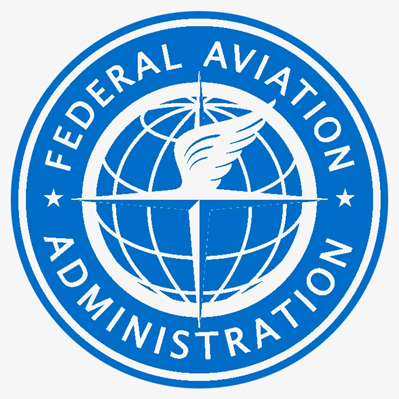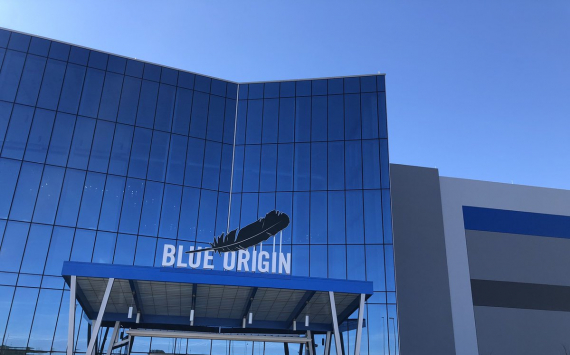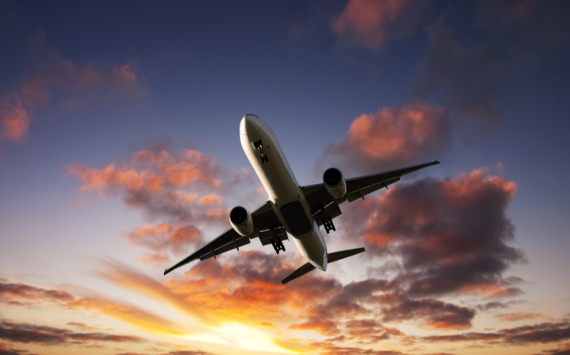Description
The Federal Aviation Administration (FAA) is the largest modern transportation agency and a governmental body of the United States with powers to regulate all aspects of civil aviation in that nation as well as over its surrounding international waters. Its powers include the construction and operation of airports, air traffic management, the certification of personnel and aircraft, and the protection of U.S. assets during the launch or re-entry of commercial space vehicles. Powers over neighboring international waters were delegated to the FAA by authority of the International Civil Aviation Organization.
Created in August 1958, the FAA replaced the former Civil Aeronautics Administration (CAA) and later became an agency within the U.S. Department of Transportation.
Major functions
The FAA's roles include:
- Regulating U.S. commercial space transportation
- Regulating air navigation facilities' geometric and flight inspection standards
- Encouraging and developing civil aeronautics, including new aviation technology
- Issuing, suspending, or revoking pilot certificates
- Regulating civil aviation to promote transportation safety in the United States, especially through local offices called Flight Standards District Offices
- Developing and operating a system of air traffic control and navigation for both civil and military aircraft
- Researching and developing the National Airspace System and civil aeronautics
- Developing and carrying out programs to control aircraft noise and other environmental effects of civil aviation
Organizations
The FAA is divided into four "lines of business" (LOB). Each LOB has a specific role within the FAA.
- Airports (ARP)]: plans and develops projects involving airports, overseeing their construction and operations. Ensures compliance with federal regulations.
- Air Traffic Organization (ATO) primary duty is to safely and efficiently move air traffic within the National Airspace System. ATO employees manage air traffic facilities including Airport Traffic Control Towers (ATCT) and Terminal Radar Approach Control Facilities (TRACONs). See also Airway Operational Support.
- Aviation Safety (AVS) Responsible for aeronautical certification of personnel and aircraft, including pilots, airlines, and mechanics.
- Commercial Space Transportation (AST) ensures protection of U.S. assets during the launch or reentry of commercial space vehicles.

































